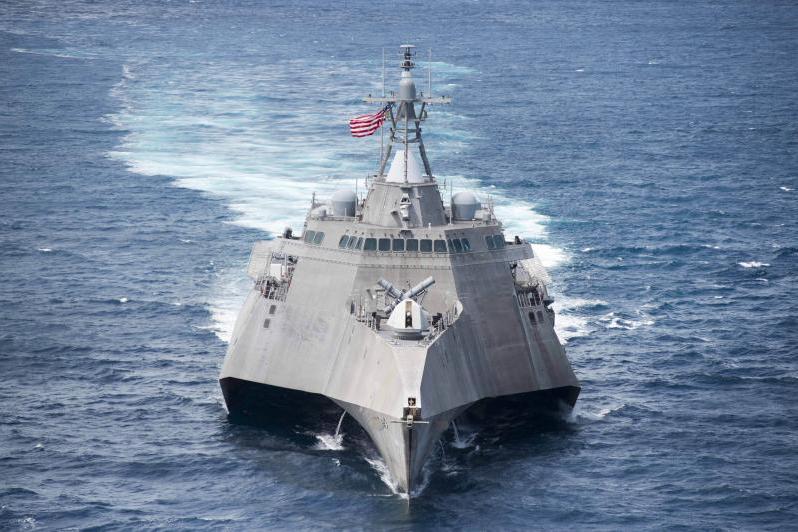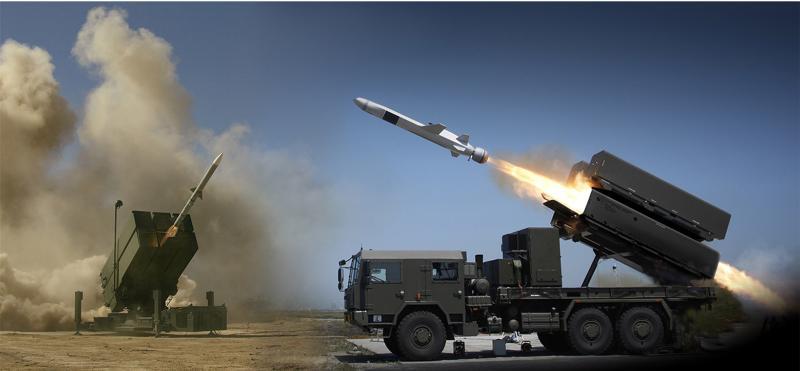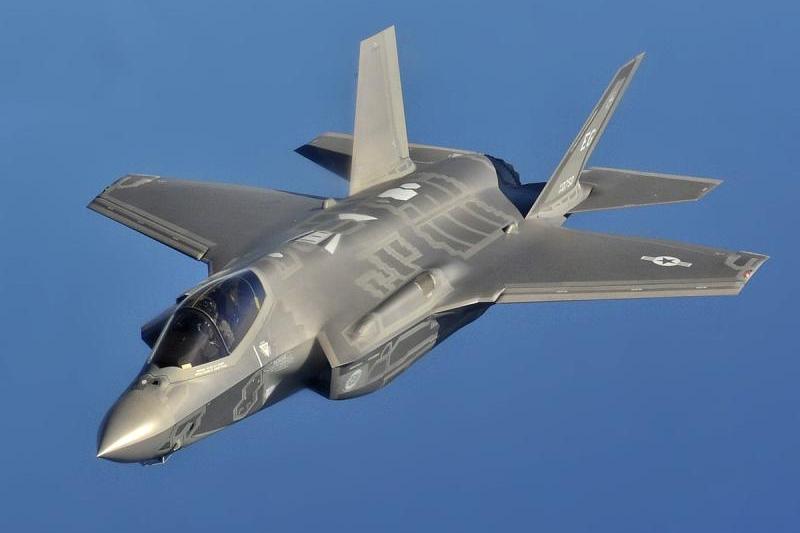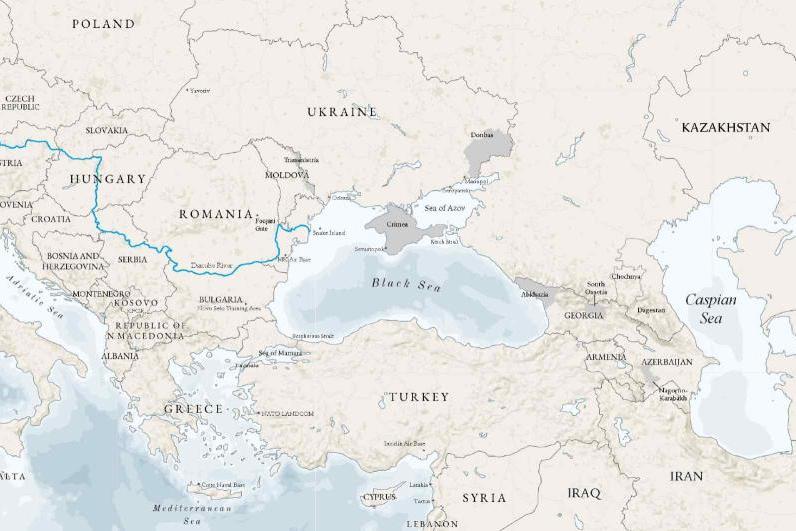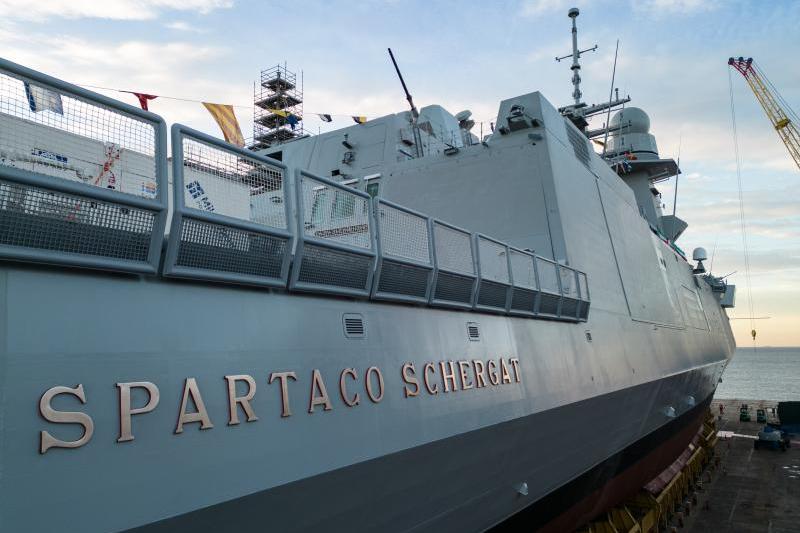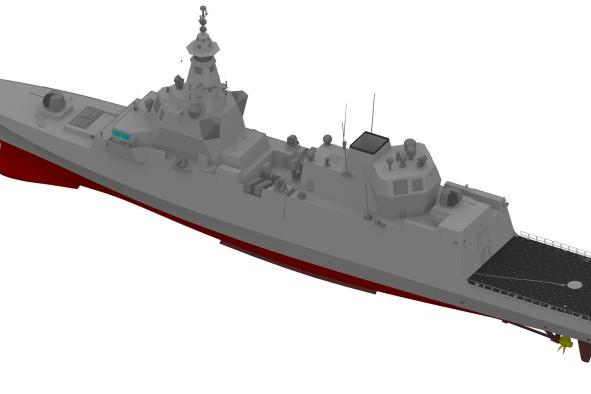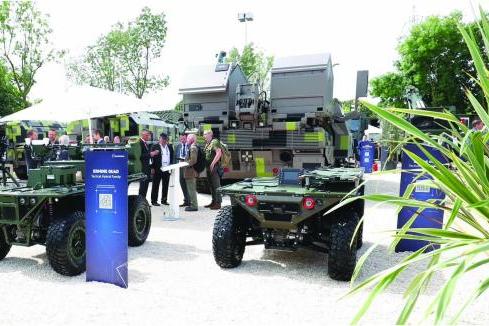Distributed Propulsion Aircraft Come to Market, Discussed by IDTechEx
Multiple thrusters are one thing. In vertical takeoff and landing (VTOL) they reduce the efficiency deficit with helicopters, providing unmatched redundancy and stability in wind. However, the term distributed propulsion (DP) primarily refers to a fundamentally new form of wing that intimately blends aerodynamics with thrust and zero emissions. The many benefits multiply on each other. Consider more than four propellers with their own motors along the wings and sometimes even along the tailplane. That is now affordable, reliable, and practicable. Not so with jet turbines or piston engines.
Each propeller leaves a wake behind it. Air is accelerated generating thrust and, over the wing, lift. Newly possible propulsion units along the wing enable a 10% reduction in wing size - a narrower, lower-cost, lighter wing. 10% less friction drag and better control can be taken in short takeoff and landing, longer range, and/or lower aircraft cost. Enjoy enhanced safety from multiple thrust-redundancy.
The first major mission undertaken with a six-propeller electric aircraft was German-Swiss Solar Impulse. Its pilot circumnavigated the world in huge hops five years ago on sunshine and battery alone. The modern equivalent of that has just been announced but without the expense of the solar, at least initially. Aura Aero of France promises its 6-propeller 19-seater Electrical Regional Aircraft will perform maiden flight 2024, entry-into-service 2026. Another 6-propeller, fixed-wing aircraft is the Lange Research Antares 2 using fuel cells. Studies by the aerospace institute DLR in Germany show that wings with six or more propellers can even facilitate half the size of the tail fin with more reduction in weight and drag.
Some benefit in fixed-wing aircraft even comes from three carefully deployed thrusters. The nine-passenger Eviation Alice battery aircraft being developed in Israel has a narrow wing and no tail fin – just a V tail - thanks to a thruster at each wingtip and pusher at the back. It can fly on just that pusher. Indeed, NASA recommends that the larger DP aircraft with multiple wing thrusters should use only the wing-tip thrusters for an economical cruise. It sees them made larger than the others to exploit wingtip vortices.
Archer Aviation and Wisk Aero plan similar tilt-wing battery VTOLs with six propellers permitting just a V tail. Archer claims a $1 billion order from United Airlines for what it intends to develop but Boeing investment Wisk has sued it for theft of intellectual property. See the IDTechEx report, “Air Taxis: Electric Vertical Take-Off and Landing Aircraft 2021-2041” for more, which includes an appraisal of an extreme case of DP micro-control of aerodynamics intimately integrated with thrust - Lilium of Germany. This VTOL with 36 thrusters in tilt wings and tilt tailplane dispenses with both flaps and tail fin.
Airbus has pictured its dream that DP inside the wing can be scaled to large fixed-wing electric airliners. SAFRAN expects 100 seat embedded-DP airliners beyond 2040. NASA agrees, drawing similar airliners for launch after 2040 even as 300MW 300 seaters. On the way to all that, the IDTechEx report, “Manned Electric Aircraft: Smart City and Regional 2021-2041” details the technology and demand leaping from near-zero to a $30 billion electric-aircraft business in 2041.
For more information on this report, please visit www.IDTechEx.com/Aircraft, or for the full portfolio of Electric Vehicle research available from IDTechEx please visit www.IDTechEx.com/Research/EV.

